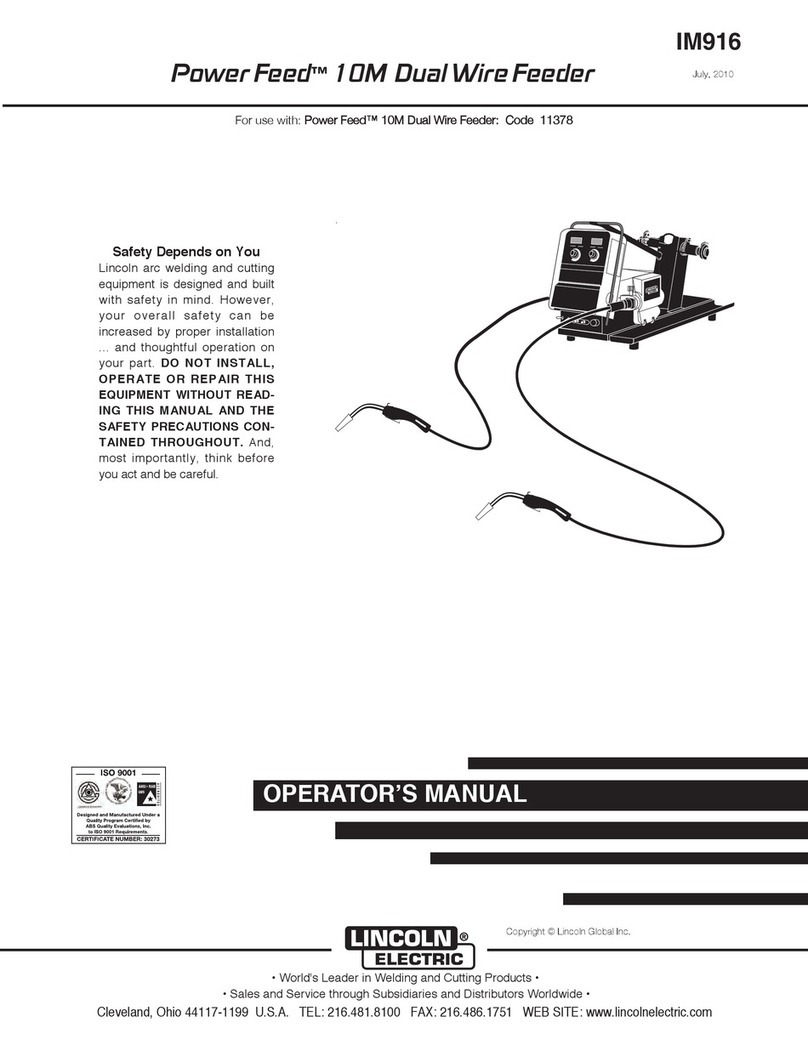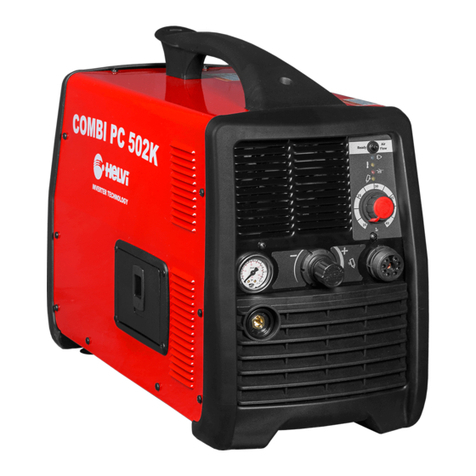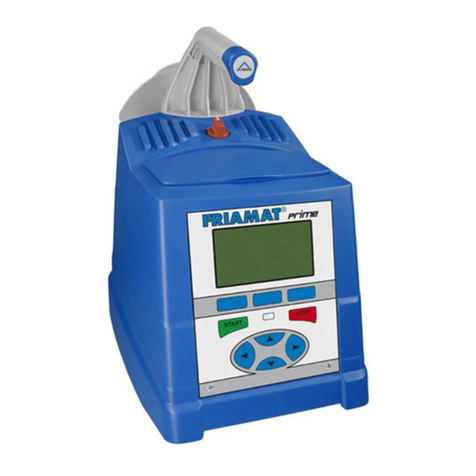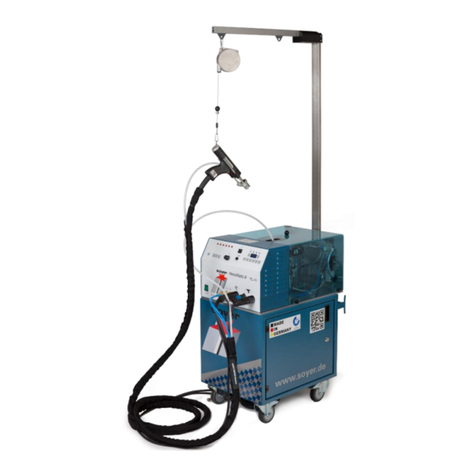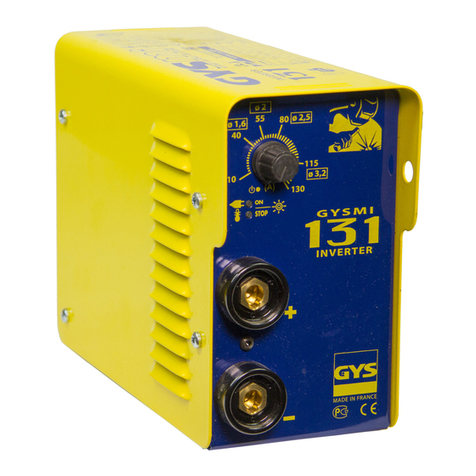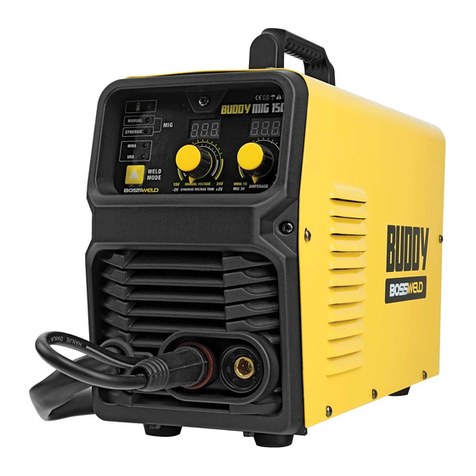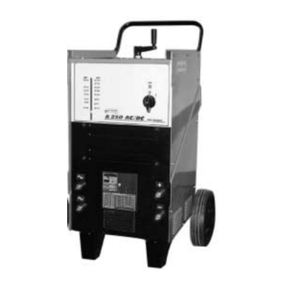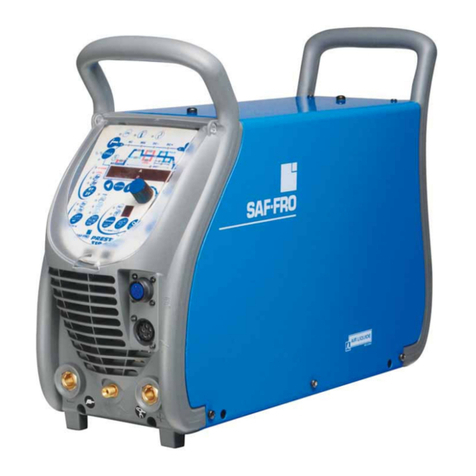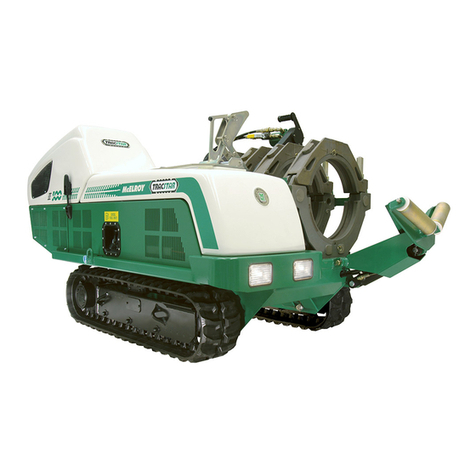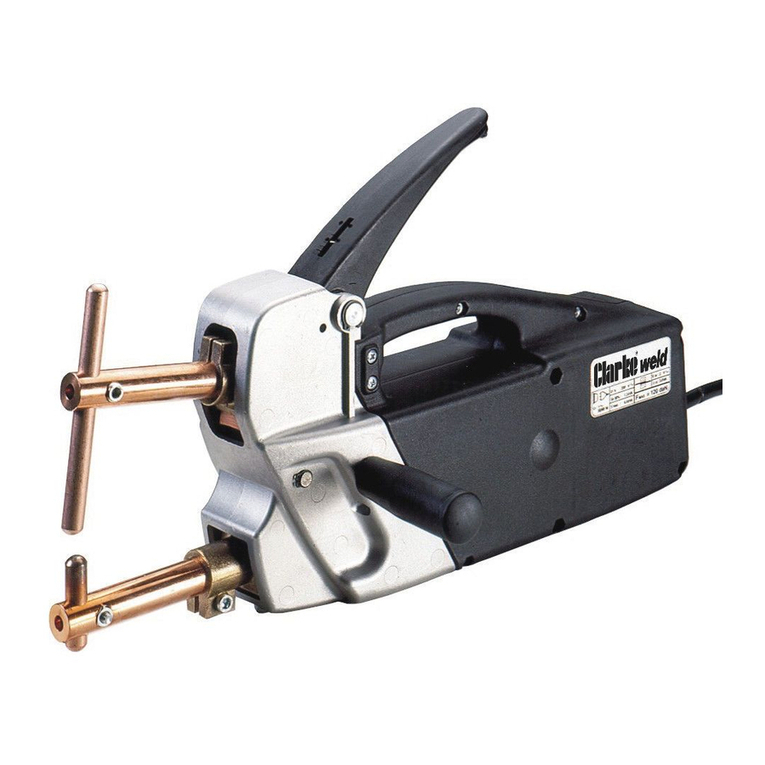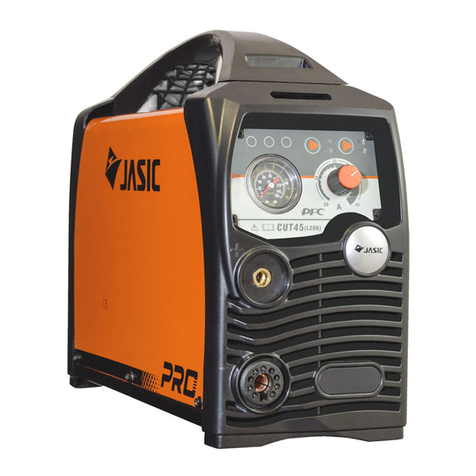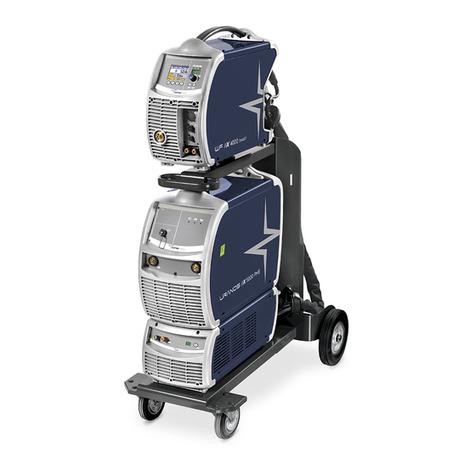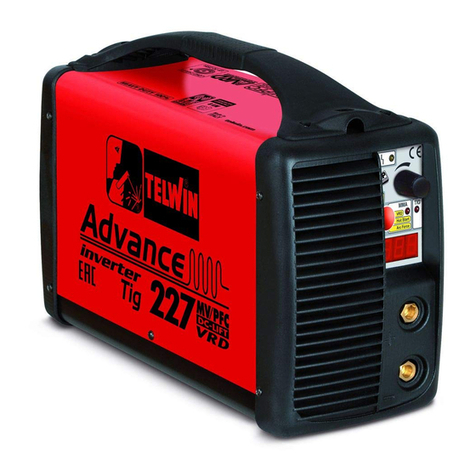
ABOUT THIS DOCUMENT
SAVE THESE INSTRUCTIONS!
This document contains important safety warnings and
operating instructions for your machine. Before operating this
machine in any way, you and all other operators must read and
understand all instructions. If you don't, there's a risk of voided
warranty, property damage, serious injury, or death.
Keep these instructions with your machine so that they're
readily accessible.
PURPOSE AND SCOPE
This document is intended to provide sufficient information to
allow you to install, configure, and use your machine. It
assumes that you have appropriate experience and/or access
to training for any computer-aided design or manufacturing
software for use with the machine.
GETTING HELP
We provide no-cost technical support through multiple
channels. The quickest way to get the answers you need is
normally in this order:
1. Read this document.
2. Read related documents at tormach.com/support.
3. If you still need answers, gather the following
information so that we may help you as quickly as
possible:
lYour phone number, address, and company name (if
applicable).
lMachine model and serial number, which are located
next to the Main Disconnect switch.
lThe version of PathPilot that you’re running.
lAny accessories that you have for your machine.
lA clear and concise description of the issue.
lAny supporting media and information that you can
share with us. For example, you could:
oAnalyze what might have changed since the
machine last worked correctly.
oRecord a short video.
oTake a picture of a part.
oFor software, share log data .zip files, screen
captures, or program files.
For information, see "Share LogData .zip Files"
(below).
oFrom the PathPilot interface, on the Status tab,
record any available information.
oUse a digital multimeter for voltage readings.
4. Once you've gathered the information in Step 3, contact
us in the following ways:
a. Email: support@tormach.com
b. Phone: (608) 849-8381 (Monday through Friday, 8
a.m. to 5 p.m. U.S. Central Standard Time)
SHARE LOGDATA .ZIP FILES
The controller keeps log data on how the machine has been
working, which you can export as a .zip file. This information
helps us troubleshoot software situations much faster.
To share log data .zip files:
1. Put a USB drive into the PathPilot controller.
2. From the PathPilot controller, on the Status tab, select
Log Data.
PathPilot creates a file called logdata_[TODAY'S-
DATE].zip, and saves it on your USB drive.
3. Remove the USB drive from the controller. Email
support@tormach.com to contact Tormach Technical
Support for guidance on how to proceed.
ADDITIONAL INFORMATION
For additional technical information and support videos, see
tormach.com/support.
LIABILITY DISCLAIMER
We've made every effort to provide comprehensive and
accurate information, but no warranty or fitness is claimed or
implied. All information provided is on an as is basis. The
authors, publisher, and Tormach, Inc. ("we", "us", and so on)
shall not have any liability for, or responsibility to, any person
or entity for any reason for any loss or damage arising from
the information contained in this document.
This document provides guidance on safety precautions and
techniques, but because the specifics of any one workshop or
other local conditions can vary greatly, we accept no
responsibility for machine performance or any damage or
injury caused by its use. It's your responsibility to verify that
you fully understand the implications of what you're doing and
©Tormach® 2020
Specifications subject to change without notice.
Page 3 UM10720: 1300PL Operator's Manual (Version 0820B)
For the most recent version, see tormach.com/support



















